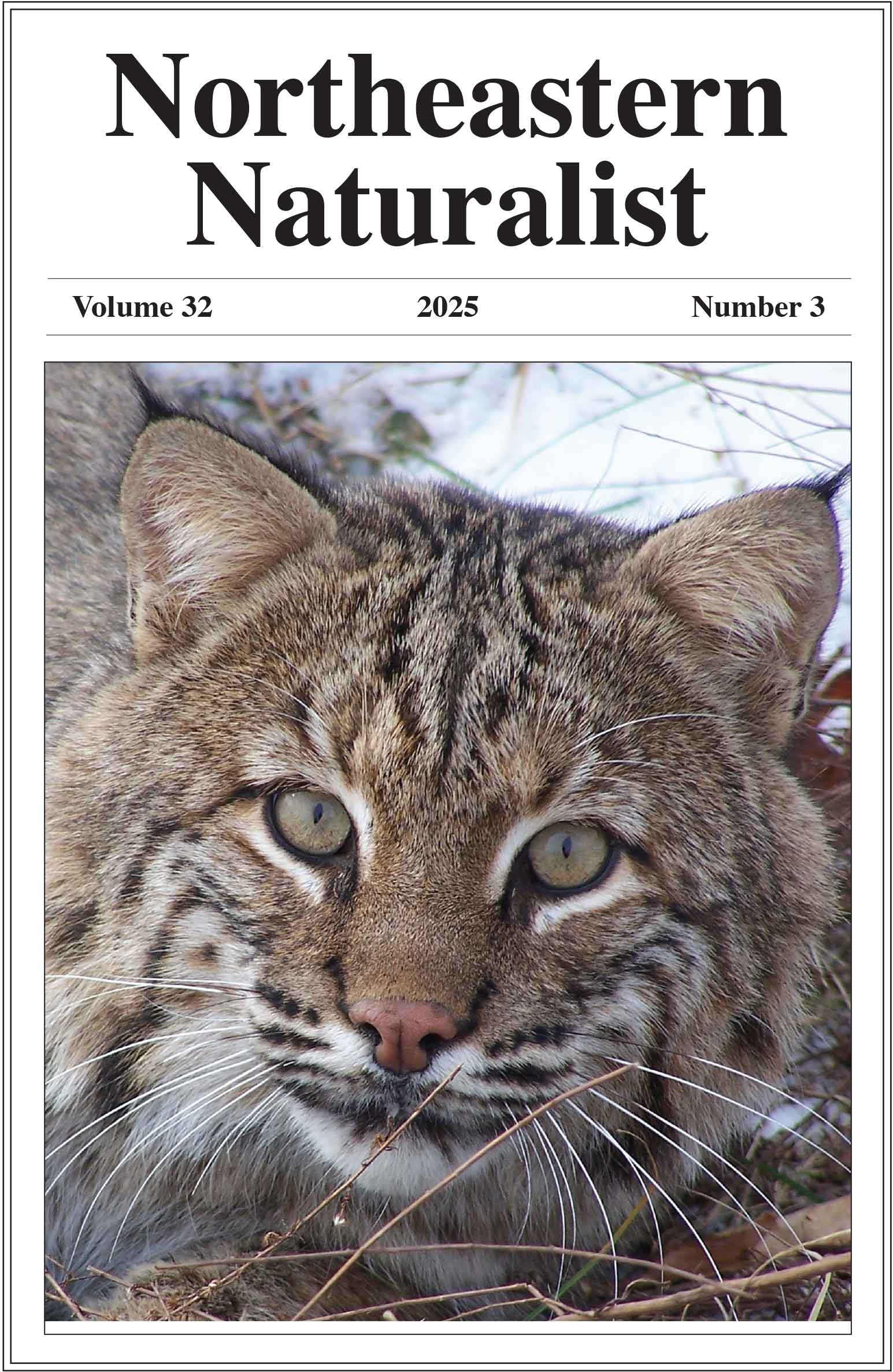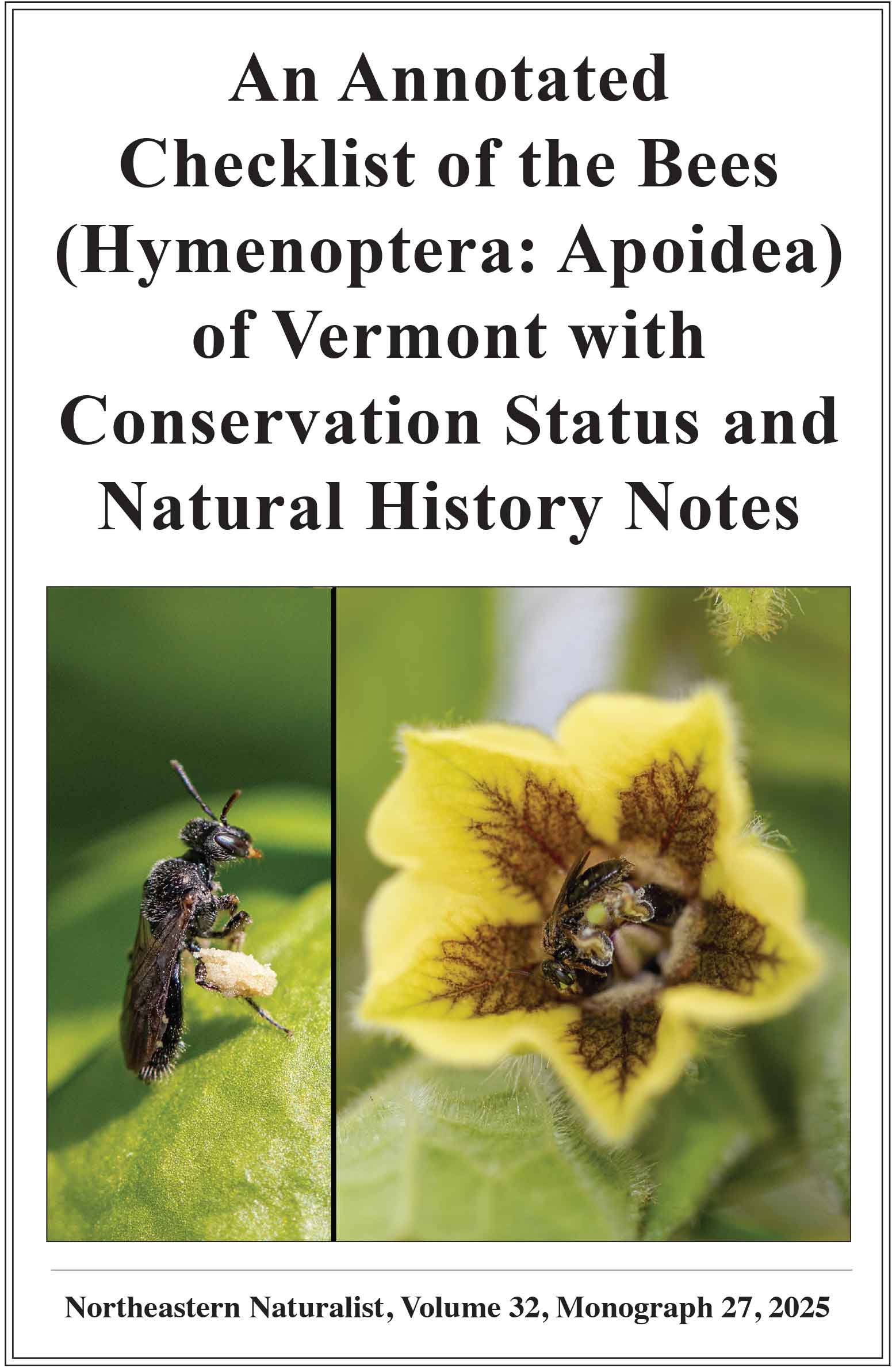A New Variation on Nest Protection for Wood Turtle Nest Sites
Tiffany Bougie1,2, Lena Carlson3, and Carly N. Lapin3,*
1Wisconsin Department of Natural Resources, 5631 Forestry Drive Florence, WI 54121. 2Current address - Michigan Department of Natural Resources, 1420 Highway US-2 West, Crystal Falls, MI 49920. 3Wisconsin Department of Natural Resources, 107 Sutliff Ave Rhinelander, WI 54501. *Corresponding author.
Northeastern Naturalist, Volume 31, Special Issue 12: G171–G183
First published early online: 30 October 2024
Abstract
Management actions to reduce predation of Glyptemys insculpta (Wood Turtle) nests commonly include nest cages and electric fences. However, these methods do not always effectively deter predators. Nest cages are expensive to implement because of the time required to locate nests. Electric fences can fail periodically, and some predators learn how to breach them. Herein we describe a novel nest-protection method for Wood Turtles based on designs developed by others, the “nest box”, which passively allows natural nesting and protects nest sites from depredation. The nest box consists of a lumber frame enclosed in chicken wire with a gap around the base, allowing turtles access to the site. We also compared the cost of protecting nests with nest boxes, electric fences, or nest cages. We found nest boxes to be most effective at reducing depredation, with a depredation rate of 8%, followed by nest cages (30%) and electric fences (35%). Nest boxes were also the most cost-effective nest protection method for projects lasting 3 years and longer. Given that nest boxes were effective at reducing depredation and the most cost-effective long-term protection method, we present our design as an affordable alternative to other commonly used nest-protection methods.
![]() Download Full-text pdf (Accessible only to subscribers. To subscribe click here.)
Download Full-text pdf (Accessible only to subscribers. To subscribe click here.)
Access Journal Content
Open access browsing of table of contents and abstract pages. Full text pdfs available for download for subscribers.
Issue-in-Progress: Vol. 32(4) ... early view
Check out NENA's latest monograph and Special Issue:













 The Northeastern Naturalist is a peer-reviewed journal that covers all aspects of natural history within northeastern North America. We welcome research articles, summary review papers, and observational notes.
The Northeastern Naturalist is a peer-reviewed journal that covers all aspects of natural history within northeastern North America. We welcome research articles, summary review papers, and observational notes.